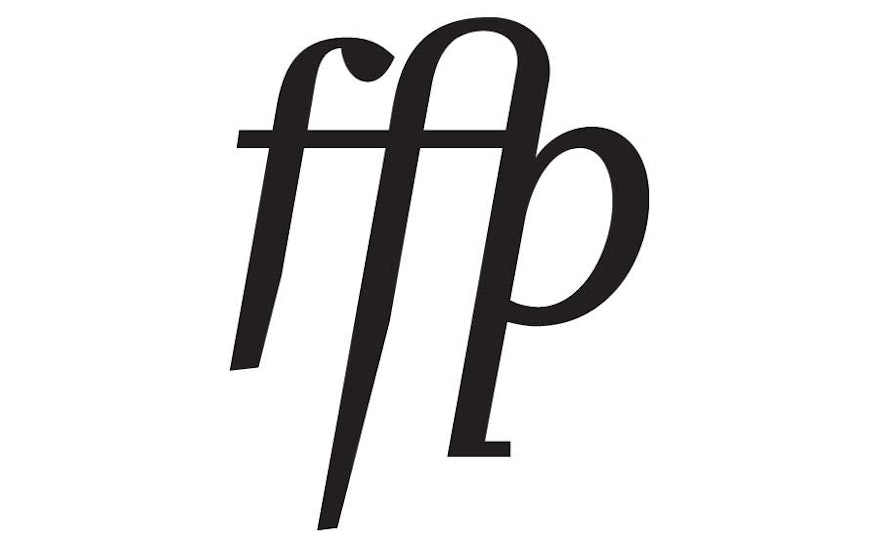One of our favorite buildings is Dutch architect Ben van Berkel’s first major building in the United States, a new residential tower in Tribeca called Five Franklin Place. It was a privilege to work with van Berkel, developers Sleepy Hudson, and sales consultants Corcoran Sunshine, in putting together a marketing campaign worthy of the building.
The team designed the marketing materials and sales center environmental graphics for the innovative 20-story tower. Designed by van Berkel and his Amsterdam-based firm UNStudio, the design for Five Franklin Place features an exterior of reflective black steel bands that twist and morph as they wrap themselves around the structure, creating a new architectural icon for New York. The building’s developers sought an understated marketing campaign to attract discerning buyers and complement the building’s design. In response, the designers created a coordinated graphics program that includes a hardcover book, stationery, press materials, floor plans, direct mail pieces, sales center environmental graphics, advertising and event invitations.
References to the building’s architecture abound throughout the program in the form of a customized version of the font Odile Upright Italic, the letterforms of which mimic the building’s horizontal bands, and the juxtaposition of matte and high-gloss finishes that correspond to the building’s materials.
The hardcover book was produced as if by an independent publisher and resembles a high-end art or design publication more than a typical marketing brochure. New York-based architecture writer Raul Barreneche was commissioned to write about the history of Tribeca, UNStudio’s pedigree, Sleepy Hudson and the building’s architecture, interiors and amenities, while fine art photographer David Leventi was hired to document Tribeca in a series of color photographs that provided a context for the building.
The Five Franklin Place brand extended into the Tribeca sales center as well. The building's monogram appeared in supergraphics centered in the front window of the historic façade, a reference to the contemporary building being built in one of the city’s oldest and most historic neighborhoods. Inside, the space was treated as a sophisticated gallery, with large prints of Leventi’s photographs framed on the wall and clean, large-scale panels adapted from the book narrating the building’s story.

